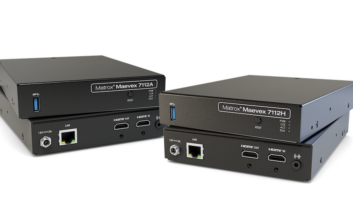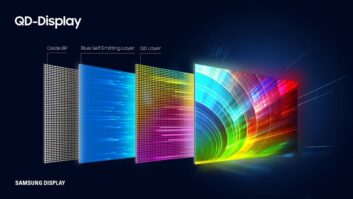Creating a seamless whole, whereby shoppers can effortlessly glide between storefront, Internet, catalog or telephone access points, has become the Holy Grail for discount giants Target and Sears.
That was the message delivered by the chains’ top direct sales execs during a retail technology summit held here last month by Forrester Research.
The reason, explained Dennis Honan, VP/general manager, customer direct for Sears, is simple: “Multichannel customers spend more money and come into the stores three more times a year” than do traditional consumers. Sears’ goal, therefore, “is to provide an integrated experience in which you can buy a product online or over the phone and return it to the stores.” And the cornerstone of that strategy, he said, is the Internet.
Aside from direct-to-consumer sales, the main function of Sears’ Web site, www.sears.com, is to support the stores by providing shoppers with information and service. By way of example, Honan cited the major appliances category. Last year, nearly 10 percent of all majap customers researched their selections at the site — using such tools as buying guides and side-by-side product comparisons — before making their purchases in-store, accounting for some $500 million in sales. (Similarly, 8 percent of all CE purchases at Sears were first researched at the company’s site.)
Once the purchase is made, the Web site also allows customers to buy extended warranty coverage and to schedule both deliveries and maintenance. Honan said that self-scheduling has saved Sears money and was easily set up online by laying the Web site interface over the existing legacy system.
Sears took a major multichannel step last fall by allowing in-store pick-ups of merchandise purchased online. As part of the process, consumers are provided with real-time in-stock positions of individual stores, and store personnel are given wireless handhelds in order to pull product as online orders come in. Some 35 percent of Sears.com customers took advantage of the option during the holiday selling season in order to avoid shipping charges and long lines, and everybody walked away happy.
“We already had a lot of the procedures and infrastructure in place,” Honan said. “The customers loved it, the store managers got credit for the purchases and sales volume picked up.”
Similarly, his counterpart at Target, Dale Nitschke, president of Target.direct, said that one of his company’s prime directives is to “ensure the ascendance of the brand.” To that end, Target’s Web site, www.target.com, “is all about the store, supporting store operations and guest relationship management,” with the goal of providing “cross-channel delivery of personalized orders.”
Target’s key tool for targeted marketing — and its No. 1 initiative company-wide — is its private label Visa credit card, introduced in November, which features smart chip technology that can collect data on customer behavior. He said the amassed data is used to “acquire, identify and retain” customers in stores, to present personalized offers to shoppers via smart card readers located in stores and sent free to cardholders’ homes, and to provide vendors with aggregate views of shoppers’ in-store behavior.
“It helps us understand what our guests really want,” Nitschke said. “It deepens our relationships with them, and drives profits.”
Meanwhile, Nitschke is busy building a new e-commerce site, Target.common, which will provide one platform for the company’s Target, Marshall Field’s and Signals, Wireless and Seasons catalog brands, as well as books, movies and music from Amazon.com.













